

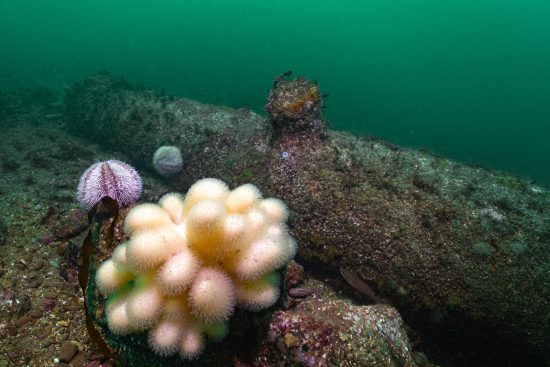
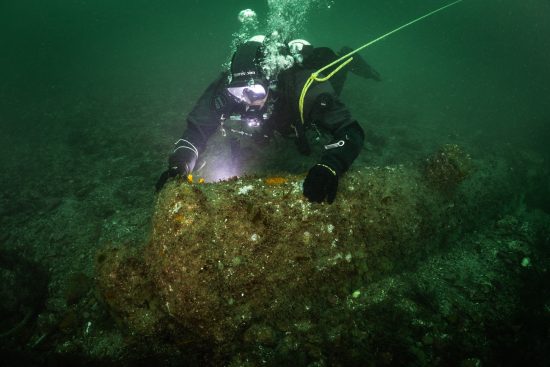
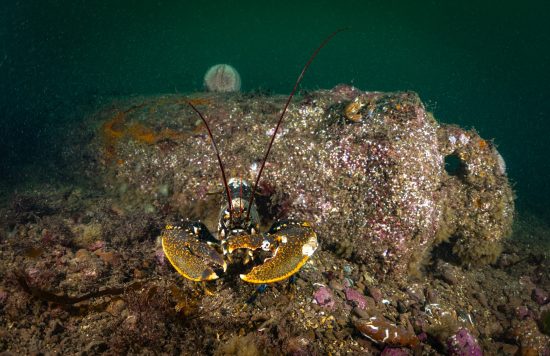
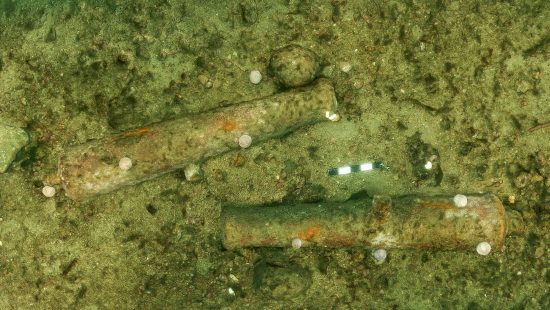
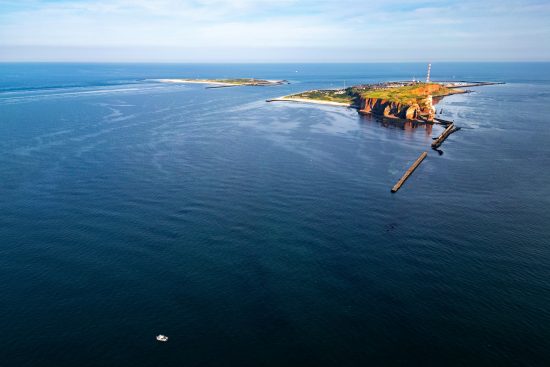
By Dr Florian Huber
Research divers from Kiel have discovered 16 English cannons off Heligoland, scattered across the rocky seabed in Heligoland Roads, in the northern part of the strait between the main island and the dunes. The finds complement earlier salvages from the 1990s and confirm the island's great importance as a former British military base.
The discovery was made during systematic investigations by the research diving company Submaris, supported by geophysicists from the University of Kiel. Using high-resolution echo sounder mapping and subsequent 3D modelling, the scientists were able to accurately measure and document the guns. Specifically, these are 12-pounder cannons and carronades from around 1800 – clearly of British origin, recognizable by characteristic details such as the so-called 'Blomefield ring'.
Contrary to earlier assumptions, the cannons do not originate from HMS Explosion, which sank off Heligoland in 1807. This hypothesis could be ruled out with the help of historical sources, as the guns are scattered over an area of around 80 by 70 meters, with no wreckage or clear wreck structure. The HMS Explosion was abandoned after suffering damage off the island, but the cannons recovered at the time were brought ashore.
Instead, they suspect that the British Navy deliberately sank the cannons off Heligoland when it ceded the island to the German Empire in 1890. At that time, the cannons were technically obsolete and could probably not be transported back economically.
Heligoland was under Danish and later British control from 1714 to 1890 before it fell to Germany under the Heligoland-Zanzibar Treaty. During British rule, the island became an important military base and transhipment point. The cannons are evidence of this period and reflect Heligoland's strategic importance. The discovery of the 16 cannons deepens our understanding of Heligoland's maritime history and underscores the island's importance in the Coalition Wars and British naval history. At the same time, he said, they document the end of an era when obsolete war guns were sunk off the island – a piece of hidden history that has now been brought to light.
In action: the new Mares XR Plura Dry Suit*
The divers worked off Heligoland for four weeks, examining not only the cannons but also the ecosystem around the island. They tested the new Mares XR Plura Dry Suit. Their conclusion: "We tested the new dry suit for four weeks in the North Sea – and we are thrilled. Diving there means poor visibility, strong currents, and cold temperatures. The suit proved itself under these conditions. It fits perfectly, is robustly constructed, and impresses with its well-thought-out, functional details. A reliable companion for demanding dives."
* Available in selected countries
 Submaris
Submaris 19th September 2025
19th September 2025